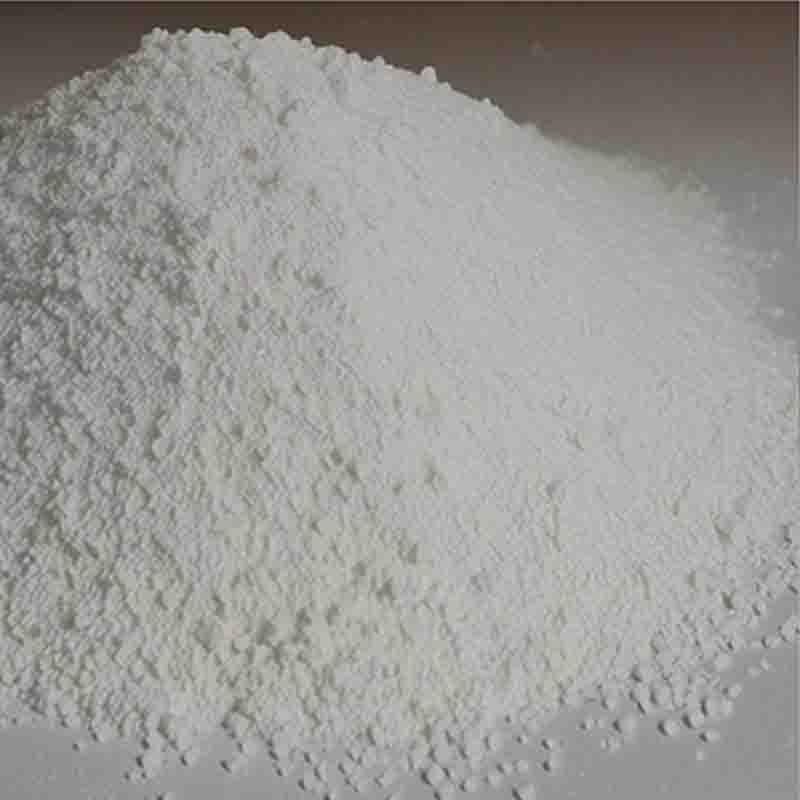Tetramethylammonium iodide CAS: 75-58-1
| Catalog Number | XD94159 |
| Product Name | Tetramethylammonium iodide |
| CAS | 75-58-1 |
| Molecular Formula | C4H12IN |
| Molecular Weight | 201.05 |
| Storage Details | Ambient |
Product Specification
| Appearance | White powder |
| Assay | 99% min |
Tetramethylammonium iodide, often abbreviated as TMAI, is an organic compound with the chemical formula (CH3)4NI. It is a quaternary ammonium salt that is widely used in various fields such as organic synthesis, electrochemistry, and materials science.One of the primary uses of TMAI is as a phase-transfer catalyst (PTC) in organic synthesis. PTCs facilitate the transfer of reactants between immiscible phases, usually between an aqueous phase and an organic solvent. TMAI acts as a soluble carrier for ions or polar molecules, enabling reactions between compounds that would otherwise be difficult to mix. This allows for more efficient and selective organic transformations by improving reaction rates and yields. The use of TMAI as a PTC has found applications in reactions such as Williamson ether synthesis, nucleophilic substitution reactions, and alkylation reactions.In the field of electrochemistry, TMAI is commonly employed as a supporting electrolyte in various electrochemical studies. It serves to enhance the conductivity of the electrolyte solution, allowing for more efficient electron transfer during electrochemical reactions. TMAI, along with other quaternary ammonium salts, is often used in conjunction with room temperature ionic liquids to design novel electrolytes for electrochemical applications. These electrolytes can be tailored to have specific properties such as high ionic conductivity, wide electrochemical stability, and low volatility, making them suitable for energy storage devices like batteries and supercapacitors.Additionally, TMAI is utilized in materials science as a precursor or chemical intermediate. It can be used to synthesize other quaternary ammonium compounds, which find applications in diverse fields such as surfactants, catalysts, and polymer chemistry. TMAI derivatives can also be incorporated into molecular or polymeric materials to modulate their physical, chemical, or electronic properties. Furthermore, TMAI-based ionic liquids have been explored as reaction media or solvents for various materials synthesis routes, including the preparation of nanoparticles, metal-organic frameworks (MOFs), and functional materials.In summary, TMAI is a versatile compound that finds uses in organic synthesis as a phase-transfer catalyst, in electrochemistry as a supporting electrolyte, and in materials science as a precursor or component. Its ability to facilitate reactions, enhance conductivity, and modify material properties makes it a valuable tool in these fields. Researchers continue to explore and expand the applications of TMAI, contributing to advancements in various scientific disciplines.


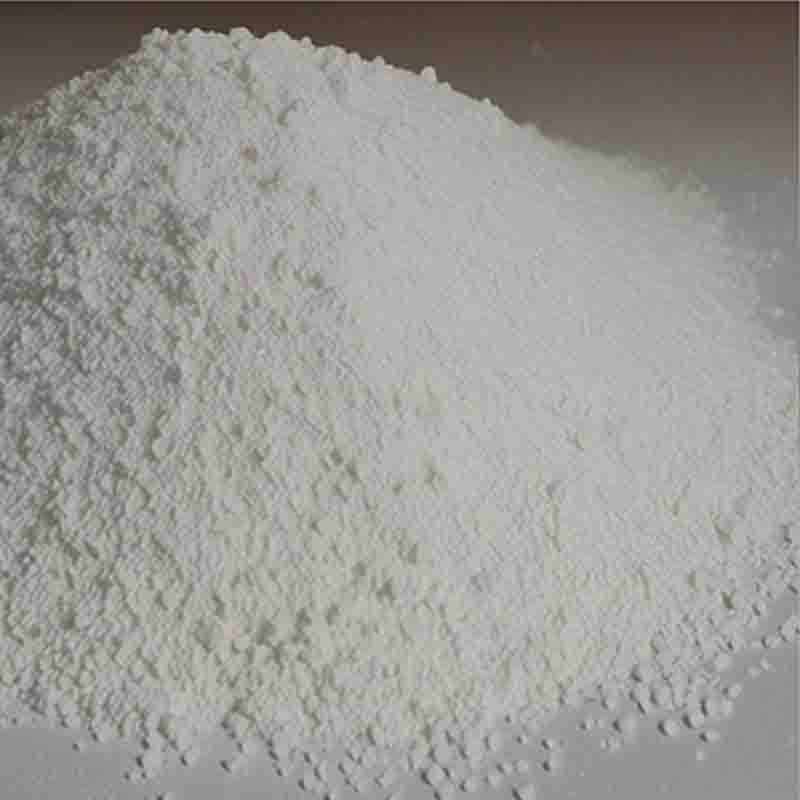

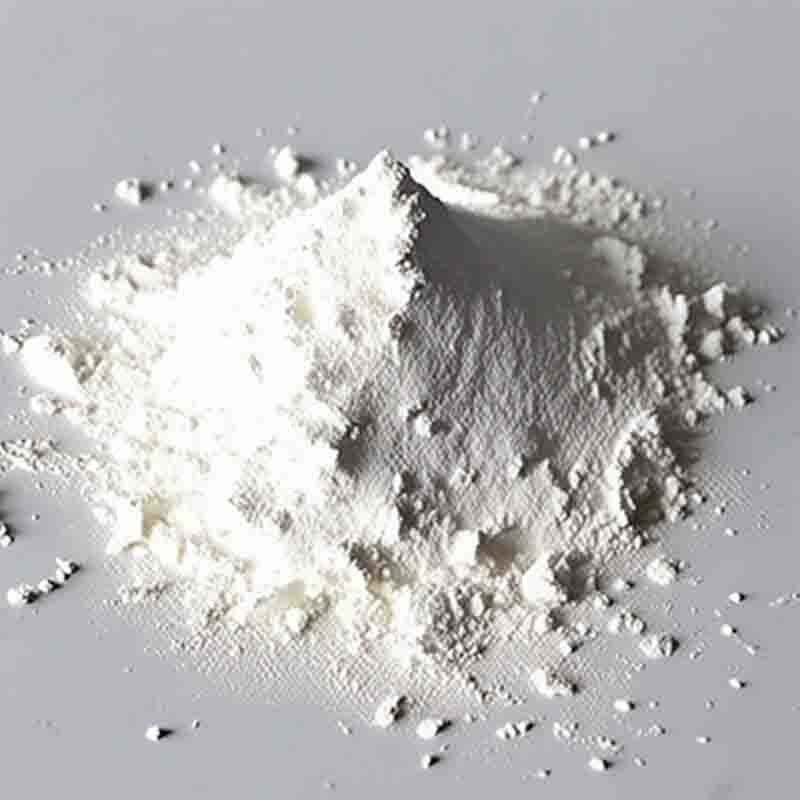
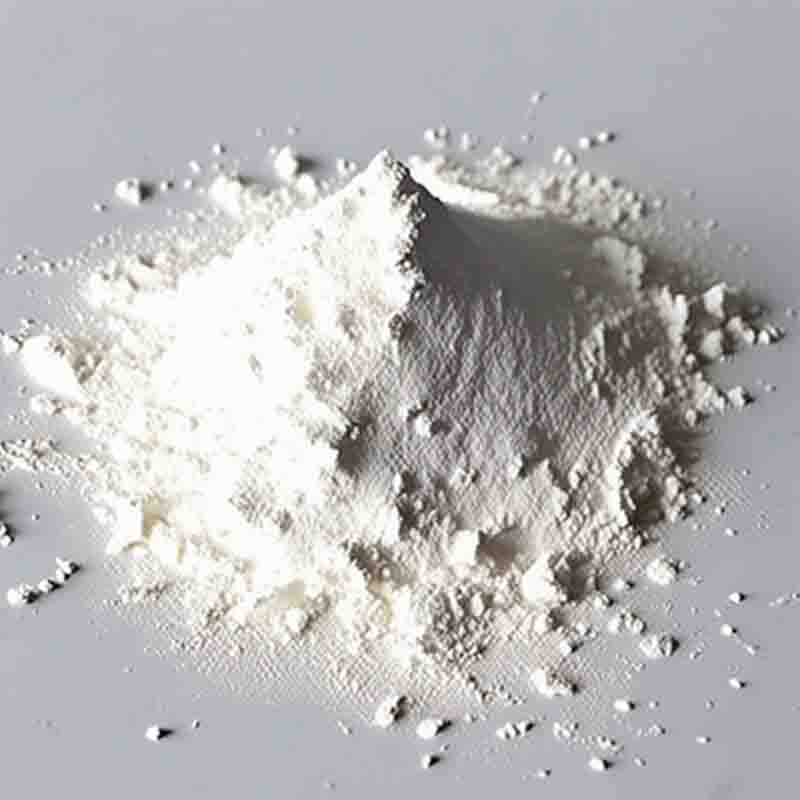
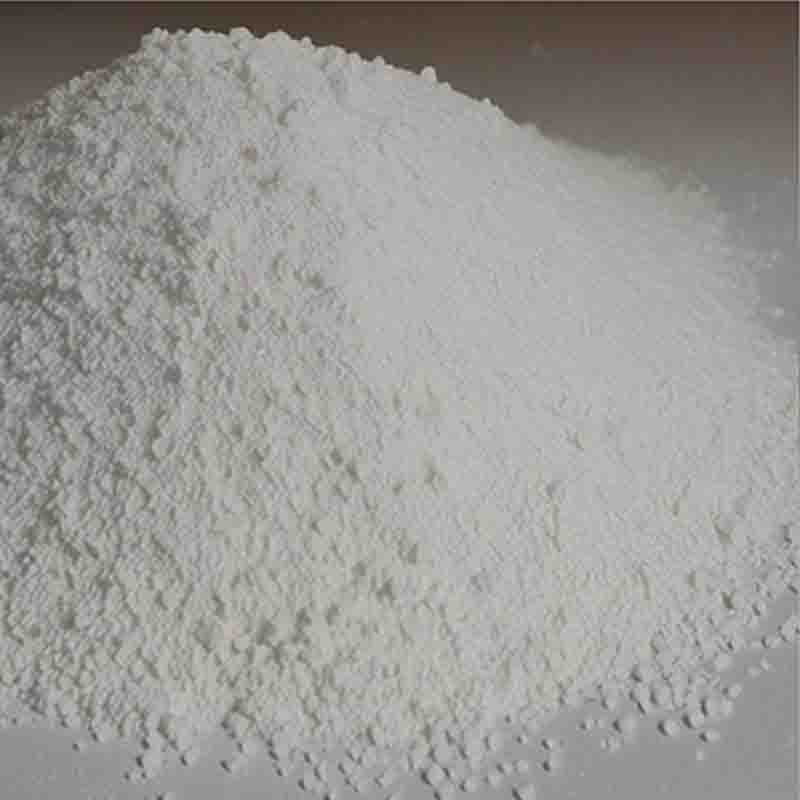
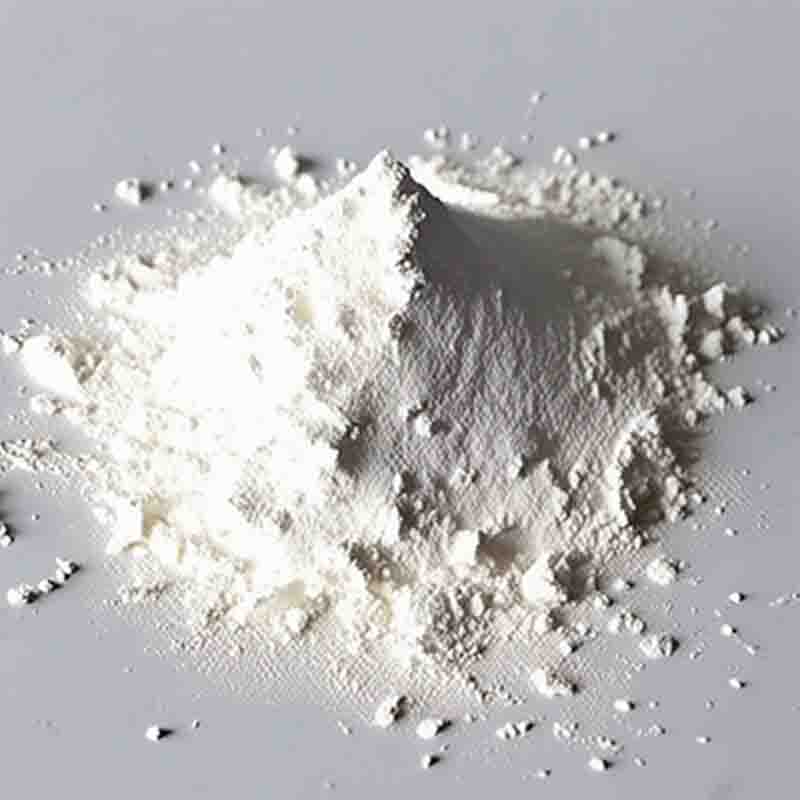
![ethyl N-[(2-{[(4-cyanophenyl)amino]methyl}-1-methyl-1H-benzimidazol-5-yl)carbonyl]-N-pyridin-2-yl-beta-alaninate CAS: 211915-84-3](https://cdn.globalso.com/xdbiochems/白色粉末1114.jpg)
